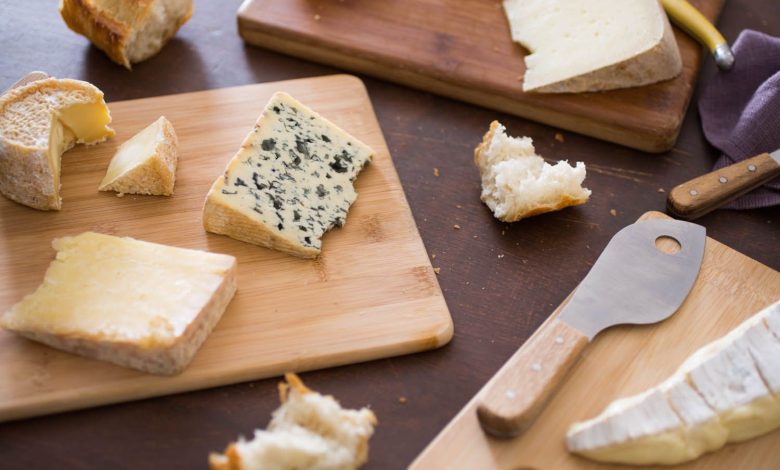
Cheese, a versatile and beloved dairy product, has found its way into the hearts and palates of people around the world. From creamy bries to sharp cheddars, the variety of cheeses available is vast, each offering a unique flavor profile and texture. In this comprehensive exploration, we will delve into the ten most popular cheeses, examining their origins, characteristics, and culinary uses.
Cheddar
Originating from the English village of Cheddar in the 12th century, Cheddar cheese has become a staple in kitchens worldwide. Known for its rich, sharp flavor and smooth texture, Cheddar undergoes a maturation process that ranges from a few months to several years. It is incredibly versatile, used in everything from sandwiches to macaroni and cheese.
Mozzarella
Widely recognized as the star of Margherita pizzas, mozzarella hails from Italy and has gained global popularity. This semi-soft cheese boasts a mild, milky flavor and a soft, elastic texture. Mozzarella’s versatility extends to various dishes, including salads, lasagna, and, of course, the classic Caprese salad.
Brie
With its origins in France, Brie is a soft, creamy cheese with a bloomy rind. Its mild, buttery flavor and velvety texture make it a favorite for cheese boards and elegant appetizers. Brie pairs well with fruits, nuts, and crusty bread, providing a delightful contrast of flavors and textures.
Gouda
Originating in the Netherlands, Gouda is a semi-hard cheese with a mild, nutty flavor. It comes in various forms, including young, aged, and smoked. Gouda’s versatility makes it suitable for snacking, sandwiches, or melting in casseroles. The distinctive wax coating adds to its visual appeal.
Blue Cheese
Known for its bold and tangy flavor, blue cheese varieties such as Roquefort, Gorgonzola, and Stilton feature characteristic blue veins resulting from the introduction of mold during the aging process. These cheeses provide a pungent and complex taste, making them ideal for salads, dressings, or as a standalone indulgence.
Swiss (Emmental)
Swiss cheese, particularly the Emmental variety, originated in Switzerland and is renowned for its characteristic holes. This semi-hard cheese has a sweet, nutty flavor and a firm texture. Swiss cheese is a classic choice for melting in fondue or topping off a hearty sandwich.
Parmesan
An Italian masterpiece, Parmesan cheese, also known as Parmigiano-Reggiano, boasts a rich and savory flavor. This hard, granular cheese is often grated and used as a finishing touch on pasta dishes, salads, and soups. The aging process, which can extend to several years, contributes to its robust taste.
Feta
Hailing from Greece, Feta is a crumbly and tangy cheese traditionally made from sheep’s or goat’s milk. Its briny flavor profile adds a distinctive touch to salads, pastries, and Mediterranean dishes. Feta is celebrated for its versatility and ability to complement a wide range of flavors.
Camembert
Similar to Brie, Camembert is a soft, creamy cheese from France. Named after the village of Camembert in Normandy, this cheese has a stronger and earthier flavor compared to Brie. With its edible white rind, Camembert is a delectable choice for cheese enthusiasts seeking a more intense experience.
Gruyère
Originating in Switzerland, Gruyère is a firm and flavorful cheese with a slightly sweet and nutty taste. This cheese is a popular choice for melting in French onion soup, croque monsieur, and various gratin dishes. Its versatility in both savory and sweet recipes makes it a kitchen essential.
Conclusion
The world of cheese is as diverse as it is delicious, with each variety offering a unique sensory experience. From the sharpness of Cheddar to the creaminess of Brie, the tanginess of Feta to the boldness of blue cheeses, the options are endless. Incorporating these popular cheeses into your culinary repertoire can elevate your dishes and add a touch of sophistication to your meals. So, whether you’re a cheese connoisseur or a casual enthusiast, there’s a cheese for every palate and occasion.




